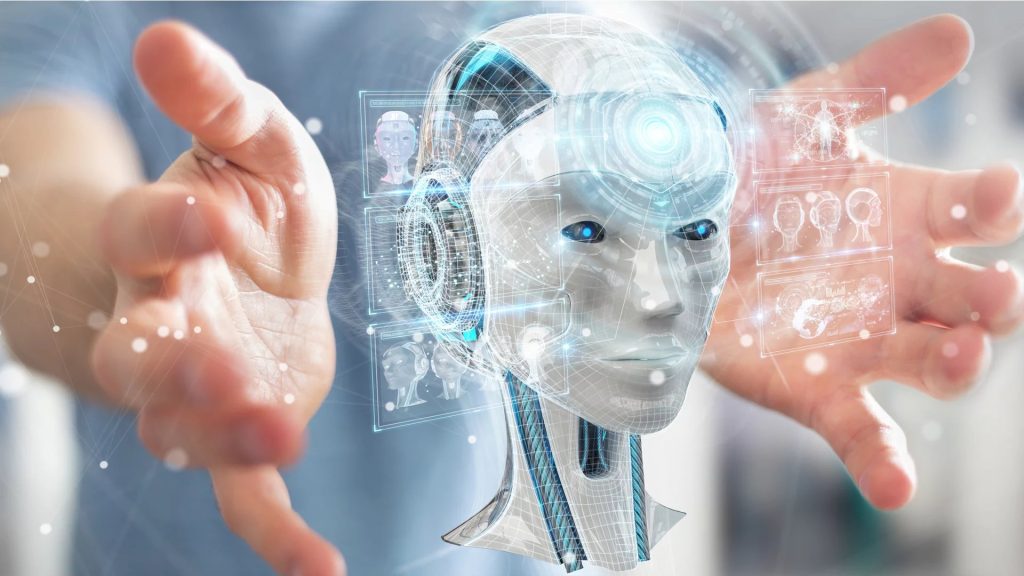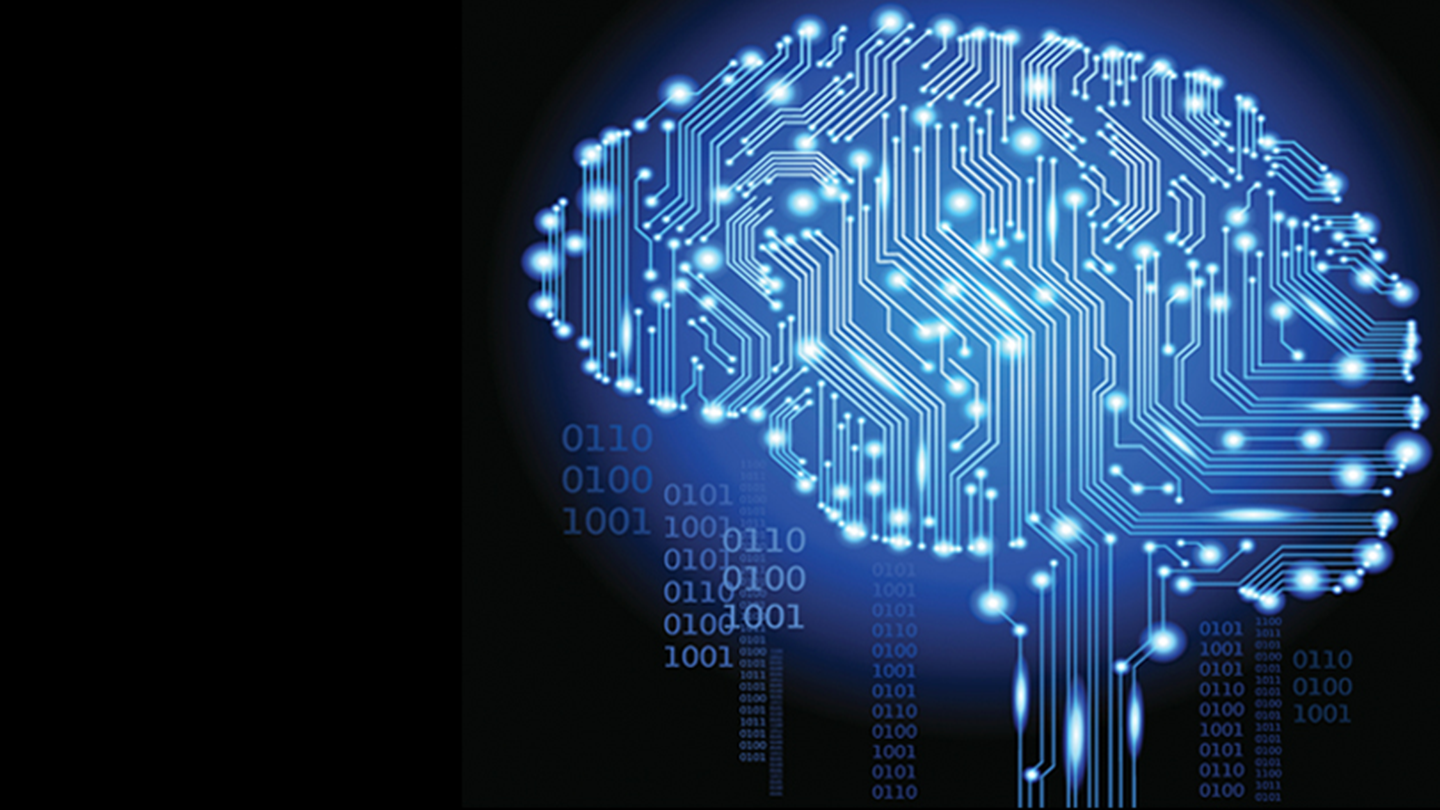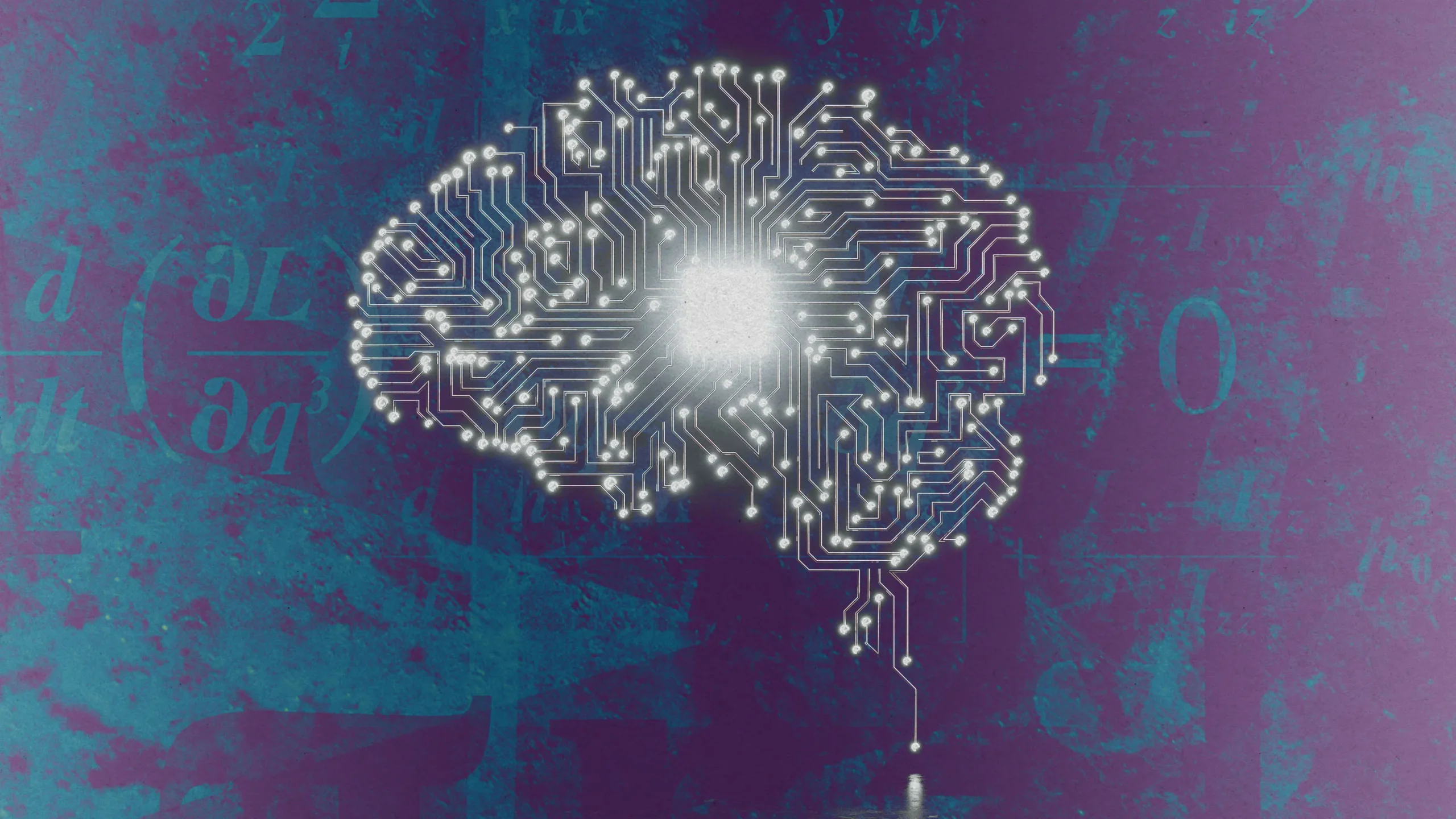Artificial Intelligence (AI) has made its mark in various sectors, revolutionizing the way we work, communicate, and even make decisions. In the realm of criminal justice, AI is playing an increasingly prominent role, promising both efficiency and fairness in a system that has historically grappled with challenges related to bias and resource constraints. In this blog post, we will explore the multifaceted role of AI in the criminal justice system and the delicate balance it must strike between efficiency and fairness.
AI in Criminal Investigation
One of the most significant areas where AI is making an impact is in criminal investigation. Machine learning algorithms can analyze vast amounts of data, helping law enforcement agencies identify patterns and potential leads more efficiently than ever before. For example, predictive policing models can forecast crime hotspots, allowing police to allocate resources strategically. While this can lead to more efficient crime prevention, it also raises concerns about the potential for bias in these algorithms, as they may perpetuate existing disparities in policing.
Fairness Challenges in AI

The use of AI in criminal justice has drawn attention to the inherent biases present in data and algorithms. Many AI models are trained on historical data that may reflect past biases in arrests, sentencing, and policing practices. As a result, they can perpetuate these biases when making decisions. This can disproportionately affect marginalized communities and perpetuate systemic inequalities within the criminal justice system.
The Need for Transparency and Accountability
To address fairness concerns, it is crucial to establish transparency and accountability in the use of AI in criminal justice. This includes rigorous testing and auditing of AI algorithms to identify and rectify biases. Additionally, there should be clear guidelines for the use of AI tools, ensuring they complement human judgment rather than replacing it entirely. Transparency also extends to the public, as citizens should have access to information about how AI is being used in their communities.
AI in Sentencing
AI is also being used in sentencing decisions. Some jurisdictions employ risk assessment tools that analyze a defendant’s background and circumstances to predict the likelihood of reoffending. While proponents argue that these tools can help judges make more informed decisions, critics worry that they can lead to harsher sentences for certain demographics due to the biases inherent in historical data.
Ethical Considerations

The use of AI in criminal justice raises significant ethical questions. How much decision-making power should be delegated to algorithms, and to what extent should human judgment prevail? Striking the right balance is challenging, as both efficiency and fairness are essential components of a just system. Human oversight is crucial to ensure that AI is used as a tool to aid decision-making rather than as a replacement for human judgment.
Mitigating Bias
Efforts to mitigate bias in AI systems are ongoing. Researchers and developers are working to create more equitable training data and algorithms, and there are calls for increased diversity in AI development teams to ensure a broader perspective on fairness issues. Regular audits of AI systems and continuous improvement are necessary to ensure that they align with the goal of a just criminal justice system. AI’s role in the criminal justice system is complex, with the potential to enhance efficiency while raising critical questions about fairness. Striking the right balance requires careful consideration, transparency, and ongoing efforts to mitigate bias. As AI technology continues to evolve, it is crucial to keep fairness and justice at the forefront of its implementation, ensuring that it serves as a tool to improve, rather than hinder, the pursuit of a just and equitable society.





Leave a Reply